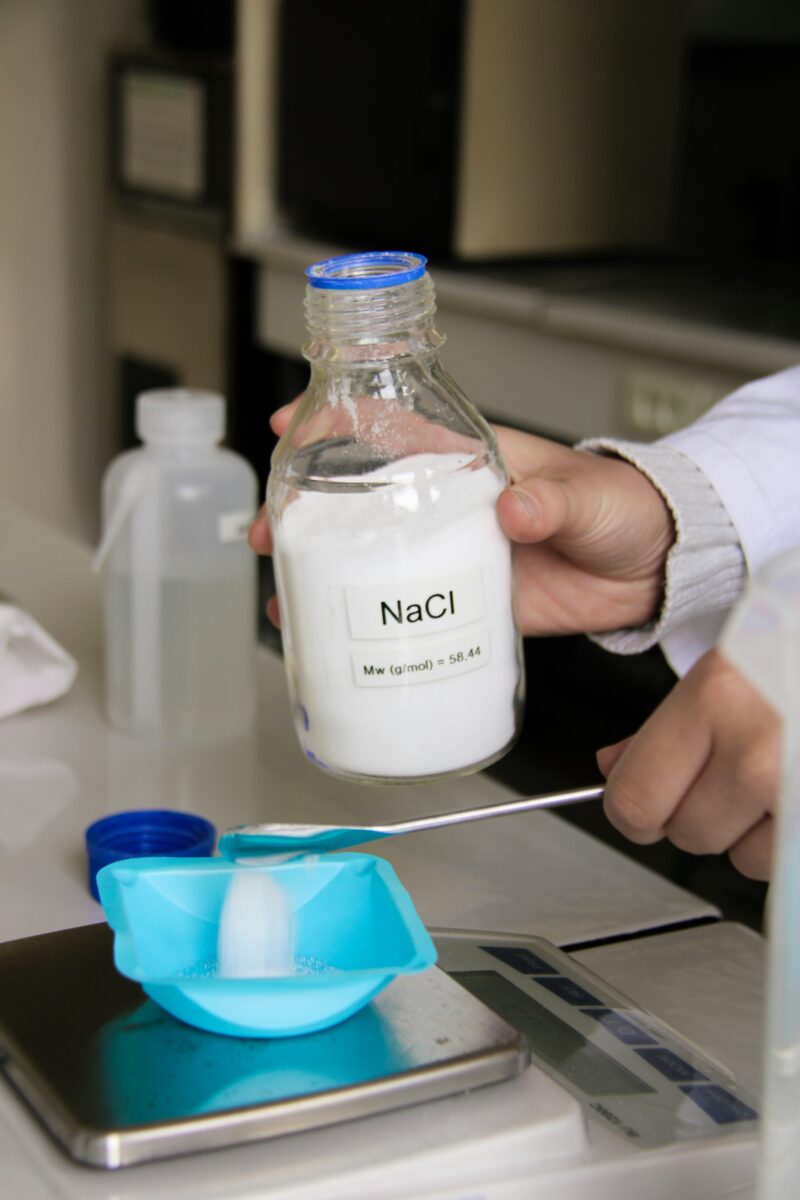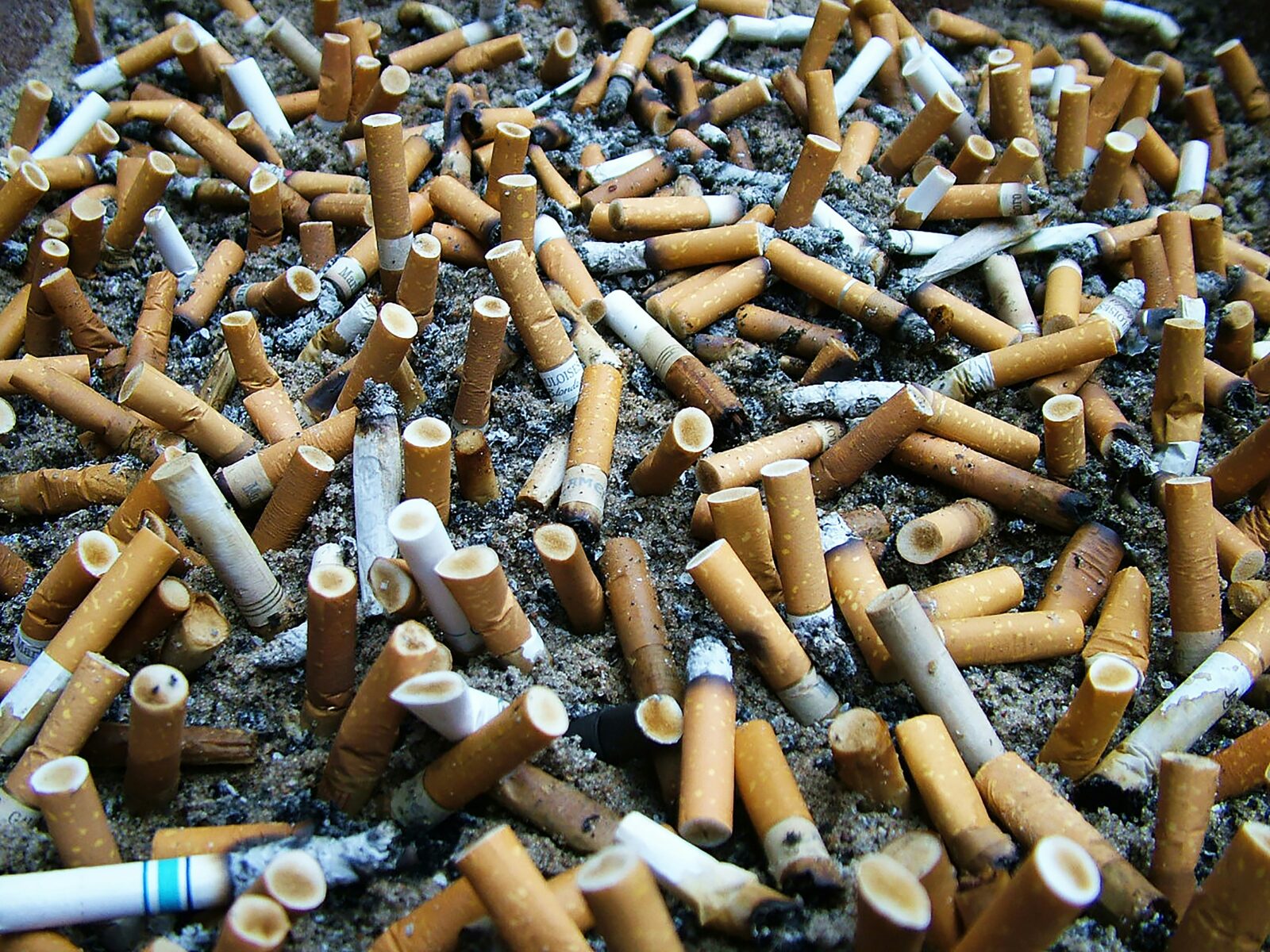Een gezond eetpatroon en een gezonde leefstijl zijn de eerste stappen naar een sterke weerstand. Een overzicht van de belangrijkste eet- en leefstijlgewoontes die je kunnen wapenen tegen infectieziektes zoals COVID vind je hieronder:
- Dagelijks circa 600-800 gram verse groenten
- 2 tot 3 stuks fruit per dag (zoet fruit met mate)
- Volkoren rijst en graansoorten
- Varieer door magere vleessoorten af te wisselen met vegetarische maaltijden
- Rood vlees met mate, maximaal 1 keer per week
- Regelmatig vette vis en/of plantaardige bronnen van omega 3
- Volle zuivelproducten met mate
- Circa 25 gram (een handje) noten en zaden per dag
- Geraffineerde suikers, vruchtensappen en frisdrank vermijden
- Alcohol en zoetstoffen het liefst vermijden
- Stop met roken
- Drink voldoende water (1,5-2 liter per dag)
- Zorg voor beweging in de buitenlucht voor de opbouw van een goede weerstand (minimaal 30 minuten per dag)
Gezonde voeding is de basis van onze gezondheid. Hoe verhoog je dan precies je weerstand met voeding? In onderstaand overzicht geven we aan wat de belangrijkste bronnen zijn van de nutriënten die op de vorige pagina zijn behandeld.
Vitamine C vinden we terug in diverse soorten groenten en fruit. Bijvoorbeeld rauwe paprika.
Met nadruk op rauw, omdat een kookproces de hoeveelheid vitamines kan verminderen.
Daarnaast vind je het ook in kiwi, aardbeien en citrusvruchten. In één kiwi zit 75 mg vitamine C.
Lactoferrine maken we in kleine hoeveelheden zelf aan, en krijgen we via een klein deel binnen door melk te drinken ( opmerking van Praktijk van der Meer: melk drinken is minder gezond dan vaak wordt beweerd ). Er zijn ook aanwijzingen dat je de lactoferrine-aanmaak kunt stimuleren via intensieve beweging. Een liter melk bevat maximaal 1 gram lacoferrine.
Vitamine K en dan met name vitamine K2 vind je terug in gefermenteerd voedsel. Zoals het Japans natto, maar ook in melk, kwark, lever, eigeel en kaas. Een gram Goudse kaas bevat 650 ng/g vitamine K2.
Zink zit voornamelijk in vlees, kaas, vis en schaal- en schelpdieren zoals mosselen en garnalen. In mindere mate vind je het in granen, peulvruchten, noten, zaden en rijst. 100 gram oesters bevat 59,2 mg zink.
Resveratrol zit in rode wijn, rode druiven(schillen) en druivensap, blauwe bessen, aardbeien, dadels en in kleinere hoeveelheden in pinda’s. In 250 g druiven zit 1,6 mg resveratrol.
Quercetine vind je voornamelijk terug in groente en fruit. Bijvoorbeeld in appels, rode ui, bessen, thee, koolsoorten, maar ook zaden en noten. Kappertjes zijn het rijkst aan quercetine. In 100 gram kappertjes zit 234 mg quercetine.
Glutathion komt voor in verse groenten en fruit, vis- en vleesproducten, maar met name asperges, avocado, en walnoten zijn er rijk aan. In 100 gram asperges zit 21,8 mg glutathion.
Suppletieadvies:
| Inname per dag | preventief | Bij infectie | Bij long-covid |
| Lactoferrine | 100-150 mg | 300-450 mg | 300-450 mg |
| Vitamine C | 500-1000mg | 1000-3500 mg | 1000-6000 mg |
| Zink | 10-15 mg | 15-45 mg | 15-45 mg |
| Vitamine K | 100 mcg | 2/3 x 100mcg | 2/3 x 100mcg |
| Quercetine | 250 mg | 250-100 mg | 250-100 mg |
| Resveratrol | 600 mg | 600-2000 mg | 600-2000 mg |
| S-Acetyl-L-Glutathion | 100 mg | 300-500 mg | 300-500 mg |
| Vitamine D | 2 x 25 mcg | 75 -225 mcg | 75 -225 mcg |
| Omega-3 vetzuren | 1000 mg (EPA en DHA) | 3 x 1000 mg (EPA en DHA) | 3 x 1000 mg (EPA en DHA) |
| Probiotica | 2 x 10⁹ kve | 2 – 4 x 10⁹ kve | 2 – 4 x 10⁹ kve |
| Vitamine A | 200 mcg | 1200 mcg | 1200 mcg |
.1. Wiersinga, W. J., Rhodes, A., Cheng, A. C., Peacock, S. J., & Prescott, H. C. (2020). Pathophysiology, transmission, diagnosis, and treatment of coronavirus disease 2019 (COVID-19): a review. Jama, 324(8), 782-793.
2. Struyf, T., Deeks, J. J., Dinnes, J., Takwoingi, Y., Davenport, C., Leeflang, M. M., … & COVID, C. (2022). Signs and symptoms to determine if a patient presenting in primary care or hospital outpatient settings has COVID-19. Cochrane Database of Systematic Reviews, (5).
3. Aiyegbusi, O. L., Hughes, S. E., Turner, G., Rivera, S. C., McMullan, C., Chandan, J. S., … & TLC Study Group. (2021). Symptoms, complications and management of long COVID: a review. Journal of the Royal Society of Medicine, 114(9), 428-442.
4. Velavan, T. P., & Meyer, C. G. (2020). The COVID-19 epidemic. Tropical medicine & international health, 25(3), 278.
5. Habib, H. M., Ibrahim, S., Zaim, A., & Ibrahim, W. H. (2021). The role of iron in the pathogenesis of COVID-19 and possible treatment with lactoferrin and other iron chelators. Biomedicine & Pharmacotherapy, 136, 111228.
6. Chilosi, M., Poletti, V., Ravaglia, C., Rossi, G., Dubini, A., Piciucchi, S., … & Doglioni, C. (2021). The pathogenic role of epithelial and endothelial cells in early-phase COVID-19 pneumonia: victims and partners in crime. Modern Pathology, 34(8), 1444-1455.
7. Parkin J, Cohen B. (2001). An overview of the immune system. Lancet, 357(9270), 1777-1789
8. Wang, Y., Wang, P., Wang, H., Luo, Y., Wan, L., Jiang, M., & Chu, Y. (2020). Lactoferrin for the treatment of COVID 19. Experimental and Therapeutic Medicine, 20(6), 1-1.
9. Sanchez, L., Calvo, M., & Brock, J. H. (1992). Biological role of lactoferrin. Archives of disease in childhood, 67(5), 657.
10. Serrano, G., Kochergina, I., Albors, A., Diaz, E., Oroval, M., Hueso, G., & Serrano, J. M. (2020). Liposomal lactoferrin as potential preventative and cure for COVID-19. Int. J. Res. Health Sci, 8(1), 8-15.
11. Campione, E., Lanna, C., Cosio, T., Rosa, L., Conte, M. P., Iacovelli, F., … & Bianchi, L. (2021). Lactoferrin as antiviral treatment in COVID-19 management: preliminary evidence. International Journal of Environmental Research and Public Health, 18(20), 10985.
12. COVID-19: The immune system can fight back. (2020, 17 maart). Newsroom
13. Carr, A. C., & Maggini, S. (2017). Vitamin C and immune function. Nutrients, 9(11), 1211.
14. Gorton, H. C., & Jarvis, K. (1999). The effectiveness of vitamin C in preventing and relieving the symptoms of virusinduced respiratory infections. Journal of manipulative and physiological therapeutics, 22(8), 530-533.
15. Dofferhoff, A. S., Piscaer, I., Schurgers, L. J., Walk, J., van den Ouweland, J. M., Hackeng, T. M., … & Janssen, R. (2020). Reduced Vitamin K Status as A Potentially Modifiable Prognostic Risk Factor in COVID-19.
16. Horowitz, R. I., Freeman, P. R., & Bruzzese, J. (2020). Efficacy of glutathione therapy in relieving dyspnea associated with COVID-19 pneumonia: A report of 2 cases. Respiratory Medicine Case Reports, 101063.
17. Ghezzi, P. (2011). Role of glutathione in immunity and inflammation in the lung. International journal of general medicine, 4, 105.
18. Marinella MA. A summary of selected phytonutrient dense foods: is there data? Metronomic Phytonutrition: How Daily, Regular Intake of Plant-Based Foods May Decrease Cancer Risk. Anchorage, AK: Beacon Publishing and Design, 2017:120.
19. Lin SC, Ho CT, Chuo WH, et al. Effective inhibition of MERS-CoV infection by resveratrol. BMC Infect Dis 2017;17:144-54.
20. van der Voort, P. H., Moser, J., Zandstra, D. F., Kobold, A. C. M., Knoester, M., Calkhoven, C. F., … & van Meurs, M. (2020). Leptin levels in SARS-CoV-2 infection related respiratory failure: A cross-sectional study and a pathophysiological framework on the role of fat tissue. Heliyon, e04696.
21. Roldan, E. Q., Biasiotto, G., Magro, P., & Zanella, I. (2020). The possible mechanisms of action of 4-aminoquinolines (chloroquine/hydroxychloroquine) against Sars-Cov-2 infection (COVID-19): A role for iron homeostasis?. Pharmacological research, 158, 104904.
22. Huang H, Liao D, Dong Y, Pu R. (2020). Effect of quercetin supplementation on plasma lipid profiles, blood pressure, and glucose levels: a systematic review and meta-analysis. Nutrition Review, 78 (8), 615-626.
23. Yi Guo, Richard S. Bruno. (2015). Endogenous and exogenous mediators of quercetin bioavailability. The Journal of Nutritional Biochemistry, 26 (3), 201-210.
24. Al Sulaiman, K., Aljuhani, O., Al Shaya, A. I., Kharbosh, A., Kensara, R., Al Guwairy, A., … & Korayem, G. B. (2021). Evaluation of zinc sulfate as an adjunctive therapy in COVID-19 critically ill patients: a two center propensity-score matched study. Critical Care, 25(1), 1-8.
25. Sreeramulu, N., Ndossi, G. D., & Mtotomwema, K. (1983). Effect of cooking on the nutritive value of common food plants of Tanzania: Part 1—Vitamin C in some of the wild green leafy vegetables. Food Chemistry, 10(3), 205-210.
26. Hojyo, S., & Fukada, T. (2016). Roles of zinc signaling in the immune system. Journal of immunology research, 2016.
27. Inoue, H., Sakai, M., Kaida, Y., & Kaibara, K. (2004). Blood lactoferrin release induced by running exercise in normal volunteers: antibacterial activity. Clinica Chimica Acta, 341(1-2), 165-172.




